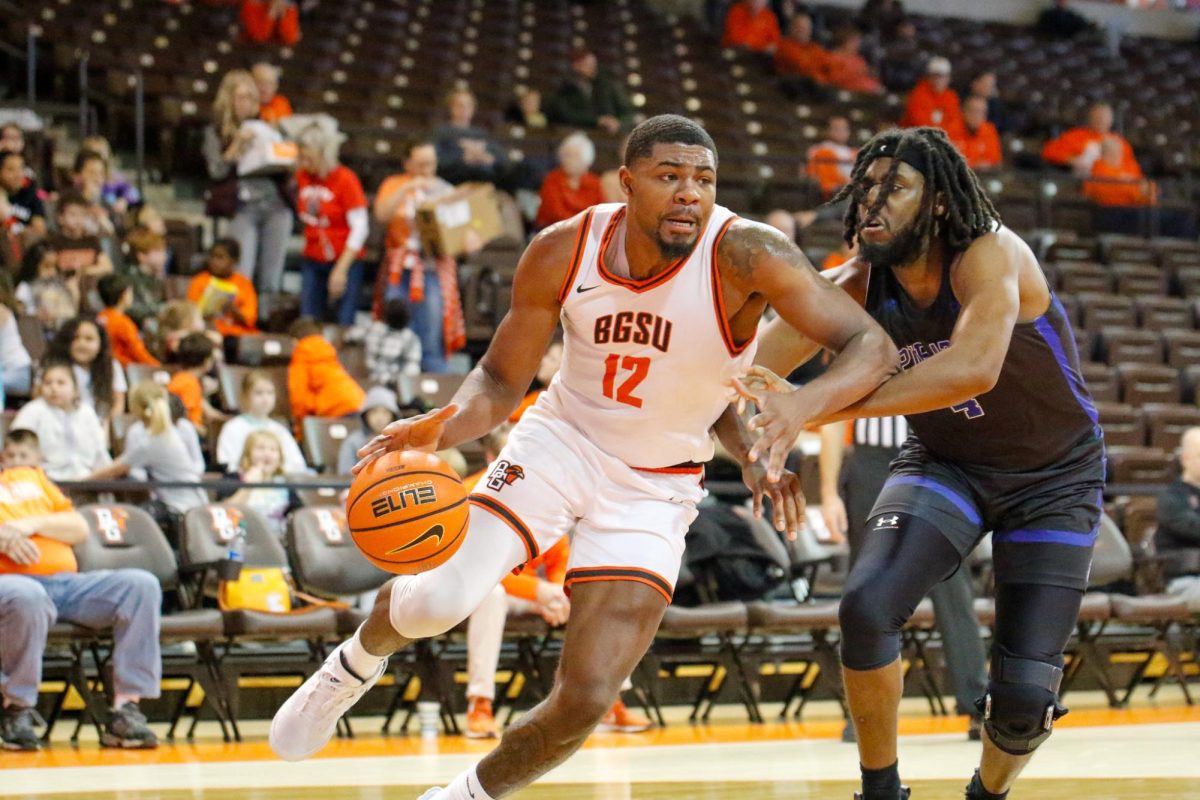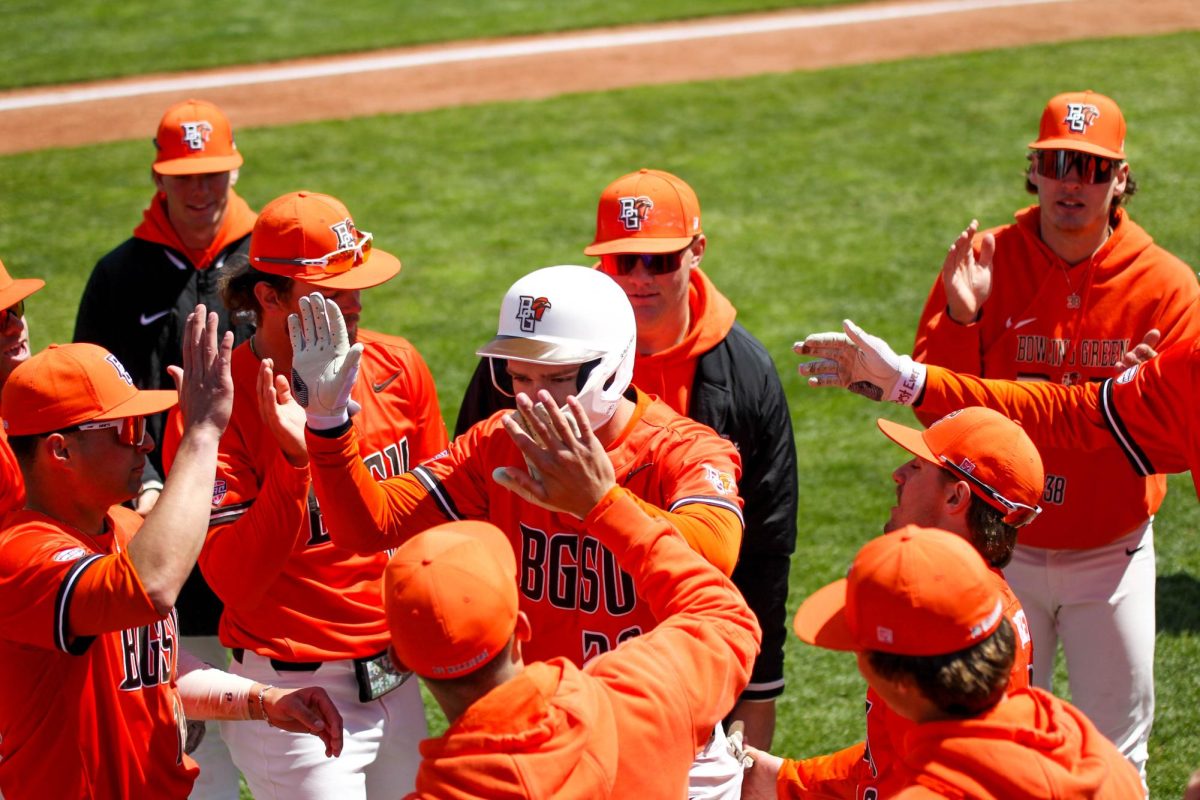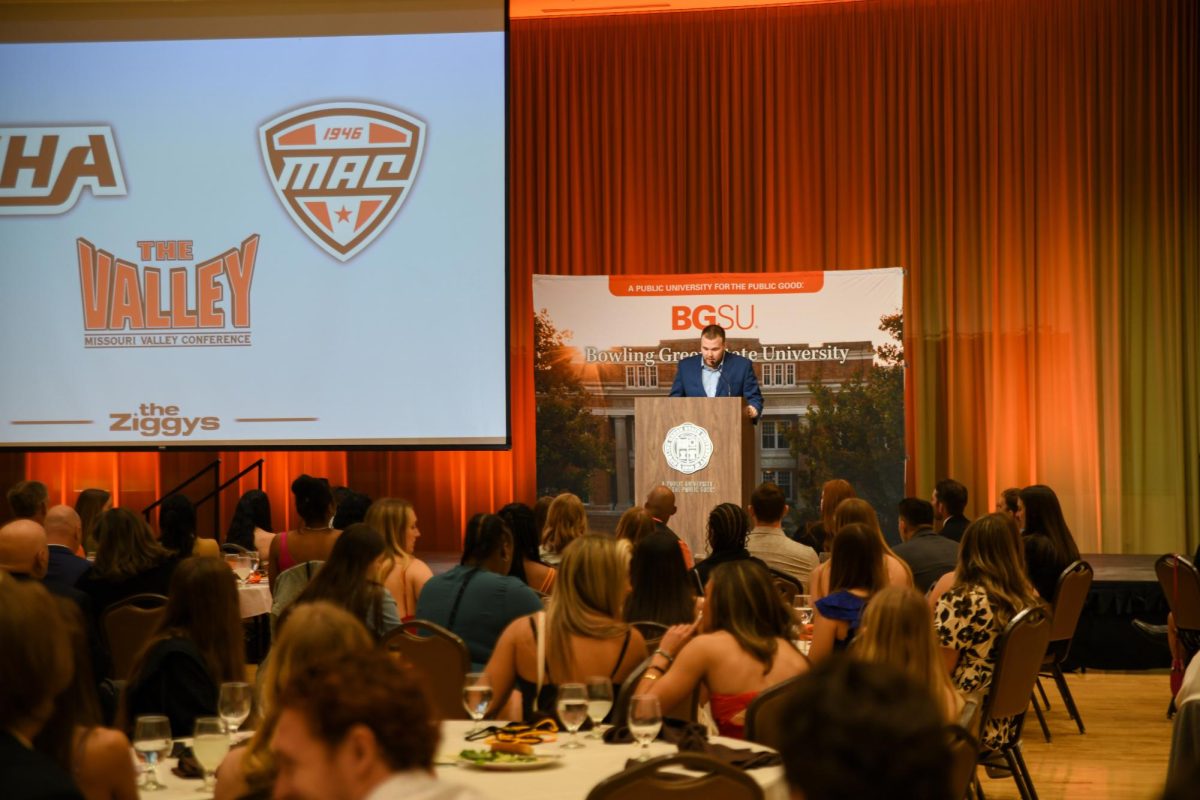By Joshua Benton MCT
It’s the sort of case you might expect Encyclopedia Brown to tackle.
Two kids seem to have cheated on Professor Harpp’s final exam. Can he prove the culprits did it – before it’s too late?
But when McGill University professor David Harpp suspected some of his students were up to no good, he didn’t hire a boy detective for a shiny new quarter. He did the job himself.
He devised a statistical method to determine whether two students were copying test answers from each other. He found that, on a 98-question multiple-choice test, the pair of students had 97 answers exactly the same – including 23 wrong answers.
Confronted with the evidence, the students confessed.
To the untrained observer, it may seem strange that cheating can be reliably detected with statistics, formulas and math, as Texas officials have hired an outside firm to do. But decades of research around the world have produced methods that prove quite effective at smoking out cheaters in ways even the best proctors often can’t.
“We had always worried that cheating was happening, but we had to find a way to figure out who was doing it,” said Chris McManus, a professor of psychology and medical education at University College London who hunts cheaters.
In Texas, the test-security firm Caveon has identified 699 Texas schools – nearly 10 percent of the state’s total – where cheating may have occurred. The Texas Education Agency is planning how it will deal with those schools, some of which will be the targets of a full state investigation.
Caveon used several methods to look for bad behavior. But the most common problem it found was classrooms or schools where a group of students had identical or nearly identical answer sheets, suggesting they may have copied from one another.
That method of detecting cheating has a long history and, according to researchers in the field, does a good job of identifying the right suspects.
And those researchers say Texas could do a better job of preventing students from cheating in the first place.
Academics have come up with dozens of methods, dating back nearly a century. They differ in details, but nearly all are founded on one key principle: It’s rare for a pair of students to make exactly the same mistakes on a multiple-choice test.
Having lots of identical correct answers, of course, doesn’t raise red flags. If the correct answer to Question 21 is “B,” you’d expect many students to choose it. But students who get many questions wrong in exactly the same way – particularly if few other classmates made the same mistakes – can be a sign something is up.
The earliest known statistical test for cheating was explained in a 1927 scholarly paper. During an exam, four students were observed acting suspiciously. The instructor thought to examine the number of wrong answers the four had in common with each other on the 149-item test.
The suspects had 31, 28, 25 and 17 wrong answers, respectively, in common. The average for the rest of the class: only four.
The students denied cheating at first, but the three “quickly confessed guilt when confronted with the evidence,” the paper’s author wrote.
Dr. Harpp is a chemistry professor at McGill, one of the most prestigious universities in Canada. He didn’t know much about cheating research in 1989, when one of his students told him that two peers had shared answers on a final exam.
“I felt I was being ripped off, which I was,” Dr. Harpp said.
The student worried about being a rat. But he agreed to tell Dr. Harpp the suspects’ names on the condition that no disciplinary action would be taken based solely on his accusation. Dr. Harpp had to find a statistical way to detect copycats.
He and a colleague, Jim Hogan, wrote a computer program that, for every possible pair of students, compared the number of identical wrong answers with the number of questions the pair answered differently. Sure enough, the results for the two students stood out.
But the analysis found more – 18 suspect students in all. Dr. Harpp then obtained exam seating charts from the registrar’s office. It turned out that every suspect pair had sat together on test day.
“I was flummoxed,” he said. “I thought: What am I going to do?”


















